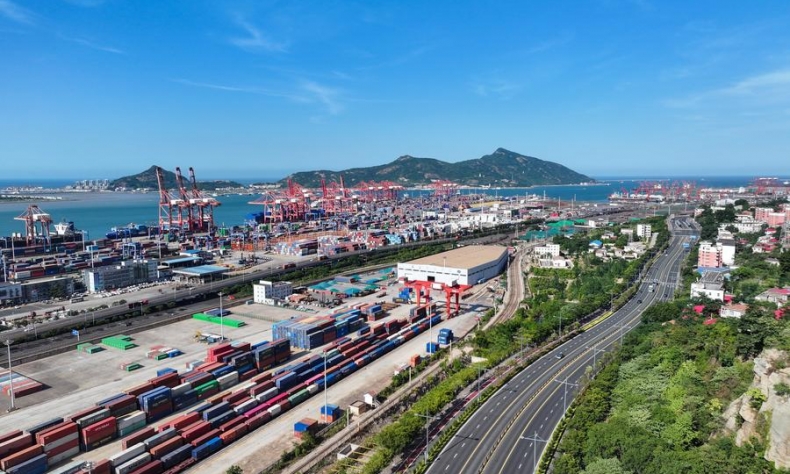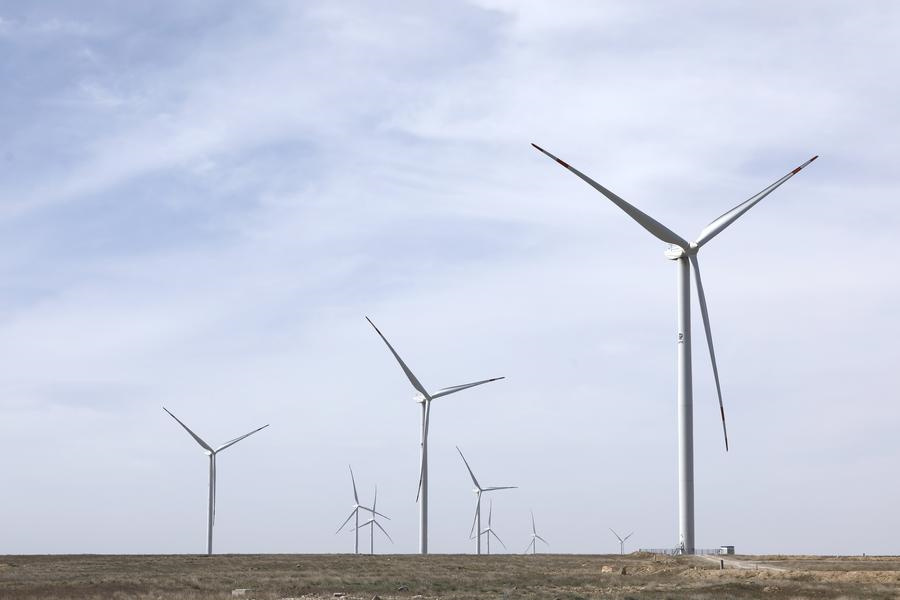China-Central Asia Ties Herald New Eurasian Integration Era

China is helping remind the world what every nation had agreed to 80 years ago by choosing dialogue over domination, mutual benefit over exploitation, and peace over brute force.
Chinese President Xi Jinping recently returned from a pivotal diplomatic mission to Astana for the Second China-Central Asia Summit. This gathering, though perhaps underappreciated in some Western media, marked a major milestone in the long arc of Eurasian integration — one increasingly shaped by China’s vision of connectivity, multipolarity and shared development.
Framed within the broader context of the Belt and Road Initiative (BRI) and China’s modern adaptation of the spirit of the ancient Silk Road, the summit was not merely ceremonial; it was signaling something much deeper: China’s willingness to defend the international system with the United Nations at its core.
The summit yielded a host of new bilateral and multilateral agreements between China and the Central Asian states, covering trade, infrastructure, cultural exchange, and digital connectivity. More importantly, the tone of the summit conveyed growing confidence among Central Asian nations in China’s long-term reliability. Senior economic policymakers and business leaders from the region have publicly affirmed a sense of trust and mutual respect in their dealings with Beijing. This is not only the result of commercial pragmatism — it reflects a desire for nations to maintain globalization and the rule of law as the core of international diplomatic and trade relations.
Indeed, China’s deepening ties with Central Asia is part of a broader trend observable throughout the Global South. Across Africa, Southeast Asia, Latin America, and now deeper into Eurasia, China is fulfilling an important role: that of a long-term development partner, an infrastructure builder, and a practitioner of multilateral diplomacy. While Washington doubles down on military posturing and Cold War-style containment strategies, Beijing is positioning itself as the world’s facilitator of post-hegemonic growth.
This is happening not just through trade agreements or large construction projects, but also through civilizational outreach. Alongside strategic investments, China is expanding educational exchanges, cultural diplomacy and media cooperation. These people-to-people initiatives reinforce the fact that China is not simply a transactional actor, but one with a long-term philosophical and civilizational outlook — an approach that appeals to nations while the world is undergoing a historic transformation.
This makes the timing of the summit particularly significant. The unipolar moment that followed the Cold War has ended. The U.S. is experiencing not just a political or economic crisis but a civilizational one. Amid widespread institutional decay, polarized domestic politics, and the erosion of social trust in the U.S., international businesses and even allied governments are hedging against Washington’s volatility and seeking more stable alternatives. For many investors, that is becoming, at this moment, the European Union, as well as China, and increasingly other parts of the Global South.

During China’s “two sessions” earlier this year, Chinese leaders placed unusual emphasis on legal reform. The West paid little attention, but the implications are significant. China is moving to codify protections for the private sector and standardize legal frameworks for emerging economic areas, particularly the green economy. In other words, China is not only projecting political and economic confidence — it is institutionalizing it.
In this regard, China’s direction is clear. The Eurasian continent, from Shanghai to Berlin, is being conceptually reconnected through infrastructure, energy cooperation and shared cultural space. The BRI is not merely about laying train tracks or fiber-optic cables; it is about integrating economies, cultures, civilizations, and building a shared future based on mutual benefit.
Culturally, this message is reinforced by a subtle yet powerful Chinese cultural renaissance, as Beijing has reestablished its civilizational identity. The rejuvenation of Chinese culture, reflected not only in its growing economic presence but also in its impact on national psychology and cultural memory, is rarely discussed in mainstream geopolitical analysis, yet it carries profound significance.
The creation of cultural meaning — often lacking in post-industrial Western societies — is a national asset in China. Young people here are not alienated from their history; they are actively engaging with it. There’s a rise in Chinese cultural exports, from animated films and literature to viral toys like Labubu. It is grounded in a deep civilizational core that has remained unbroken for thousands of years.
Chinese universities are also rising in global esteem. As U.S. universities face increasing political censorship, China’s academic institutions are offering international students a more intellectually open and globally cooperative environment. These universities are no longer just competitive in rankings; they are becoming respected havens for serious scholarly work.
While Central Asia has always been the bridge between East and West, its historical role along the ancient Silk Road is mirrored today with the BRI. Moreover, we are seeing not a nostalgic revival of history, but the maintenance of the post-war consensus through mutual understanding and shared human values highlighted at the summit.
China is helping remind the world what every nation had agreed to 80 years ago by choosing dialogue over domination, mutual benefit over exploitation, and peace over brute force. The summit in Astana was not just a diplomatic milestone — it was a symbol of the philosophy behind multilateralism in action.
Bradley Blankenship is an investigative journalist, columnist, author, political analyst, and the founding chairman of the Northern Kentucky Truth & Accountability Project, a local U.S. anti-corruption network and civic oversight body.
 Facebook
Facebook
 Twitter
Twitter
 Linkedin
Linkedin
 Google +
Google +










